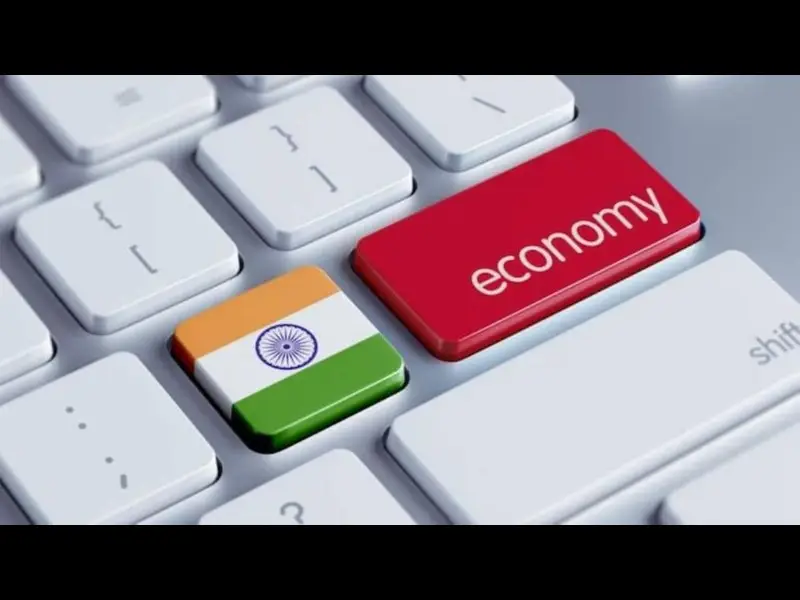India is on its way to become the third largest economy in the world by 2027-end, according to India’s G20 Sherpa Amitabh Kant. He said that India should aim to be a $35 trillion economy by 2047 by sustaining the growth momentum of 9-10%. He was speaking at the fifth edition of Times of India’s Right To Excellence series, which focused on the Interim Budget 2024-25 and its implications for various sectors.
Kant, former CEO of Niti Aayog, said that there is a lot of positivity and energy about India, not merely because it is the fifth largest economy in the world, but also because it has the potential to catch up with China, which is five times the size of India’s economy. He said that China grew by 11% between 1990 and 2010, while India needs to grow at 10% to match its scale. He added that India’s objective should be raising the per capita income of every Indian, which is currently around $2,000. He cited a report by McKinsey Global Institute, which projected that India could add about $2.8 trillion to its GDP and create about 90 million non-farm jobs by 2030 by implementing reforms in various sectors.
He emphasized that the private sector has to be the driver of growth, investment rates have to rise, and R&D has to go up. He also praised the government’s efforts to boost infrastructure spending, which has gone up from 1.5% to 4%. He said that India is building a completely new India in the coming decades, with world-class airports, roads, domestic airlines, and trains. He cited examples of how the quality of India’s infrastructure is better than that of Europe and how the Vande Bharat trains will revolutionize rail travel. He also mentioned some of the flagship schemes launched by the government, such as Ujjwala Yojana, Ayushman Bharat, PM-KISAN, and Jal Jeevan Mission, which have improved the quality of life of millions of Indians.
He also acknowledged the challenges posed by the geopolitical turmoil and the Russia-Ukraine war. He said that the policy stance for a country at such times must be rational, sensible, predictable, consistent, and optimistic. He said that India has an opportunity to leverage its large domestic market and to unleash reforms in many states. He said that even though international demand may come down for a while, certain other markets will show potential to boom. He mentioned how India has been expanding its trade ties with countries like UAE, Saudi Arabia, and Israel. He also referred to the latest growth projections of the Organization for Economic Cooperation and Development (OECD), which estimated that India will record a growth of 6.3% in 2023 and 6.1% in 2024, ahead of China and Brazil.
He concluded his speech by saying that India’s economic aspiration is immense and that it can achieve its goal of becoming a $35 trillion economy by 2047 if it maintains its growth momentum of 9-10%. He urged the private sector, the government, and the civil society to work together to realize this vision. He also quoted some data from various sources to support his argument. He said that according to the World Bank data, India’s GDP per capita (current US$) was $2,389 in 2022 and was expected to increase further in the coming years. He also said that according to the First Advance Estimates of National Income released by NSO on January 5th 2024, India’s real GDP growth was estimated at 7.3% in FY 2023-24 over and above provisional growth rate of 7.2% during FY 2022-23. He said that construction sector was estimated to have double digits growth of 10.7% and all other economic sectors had fared well by witnessing more than 6%, except for agriculture and allied sector, for which the estimated growth was 1.8%.
Recent Blog : Sundaram Alternates Seeks Rs 1,000 Cr for Green Realty
